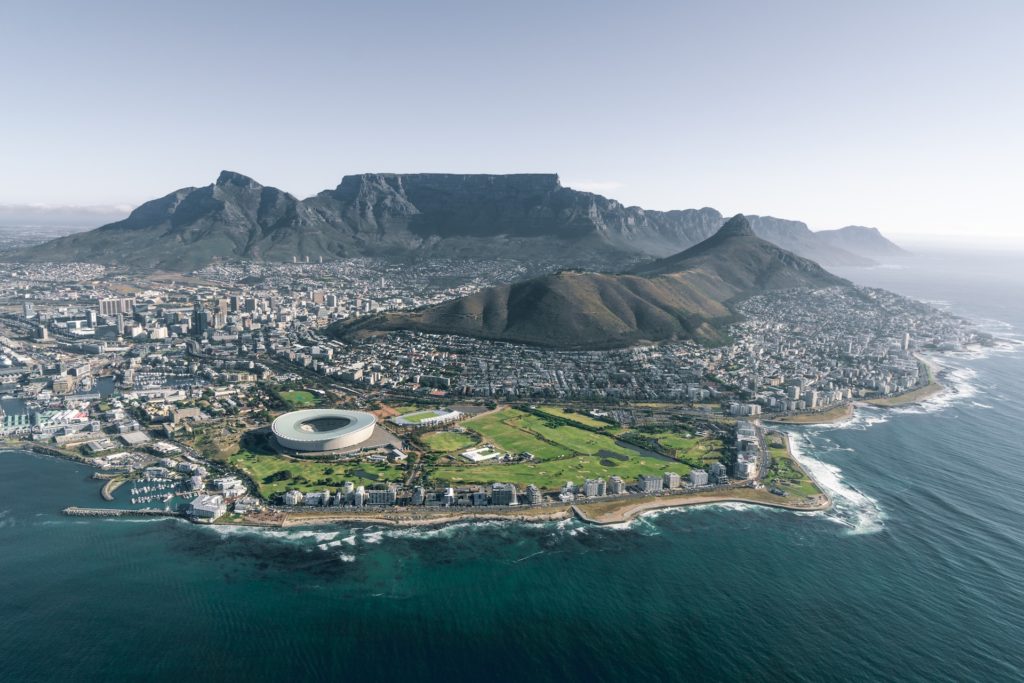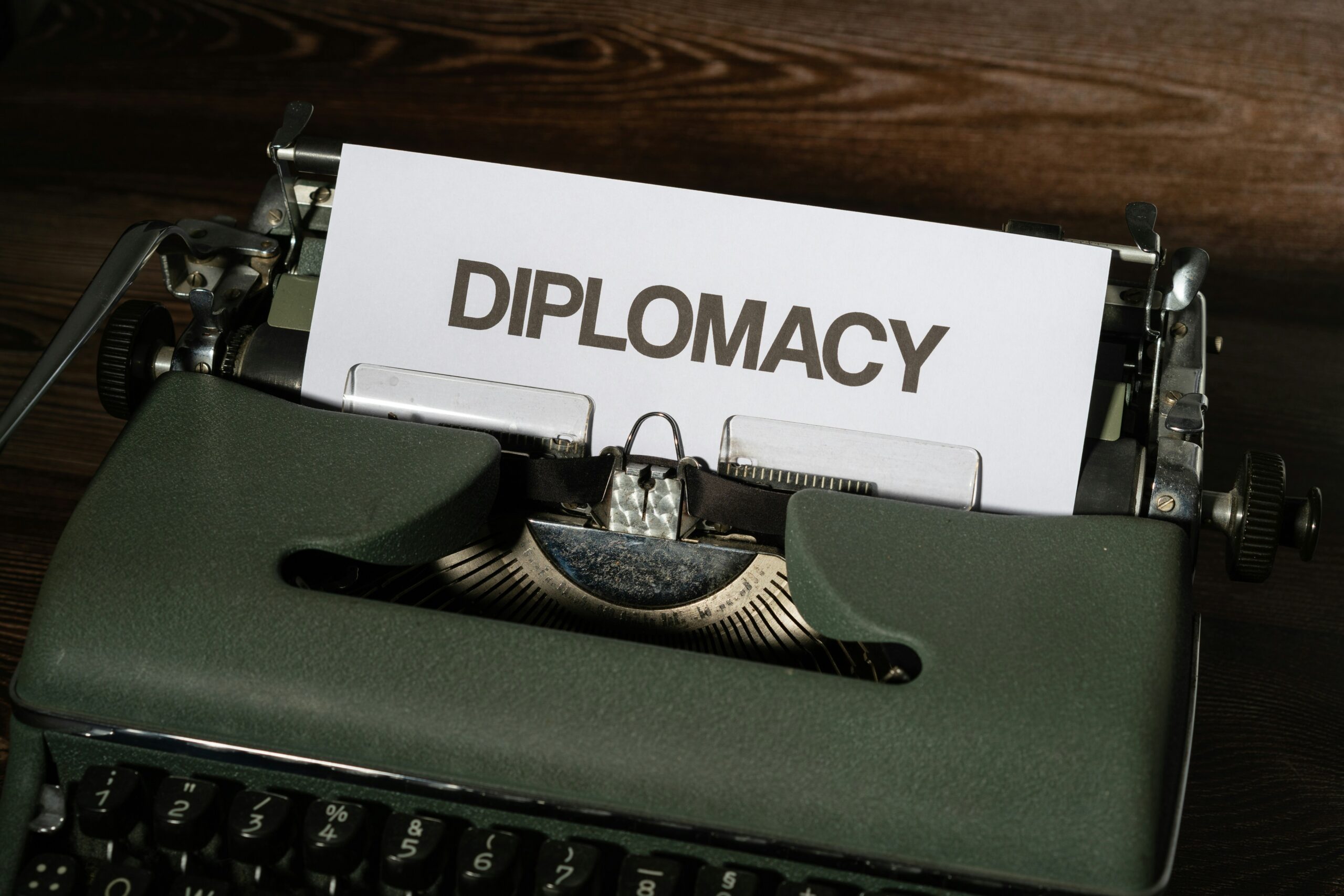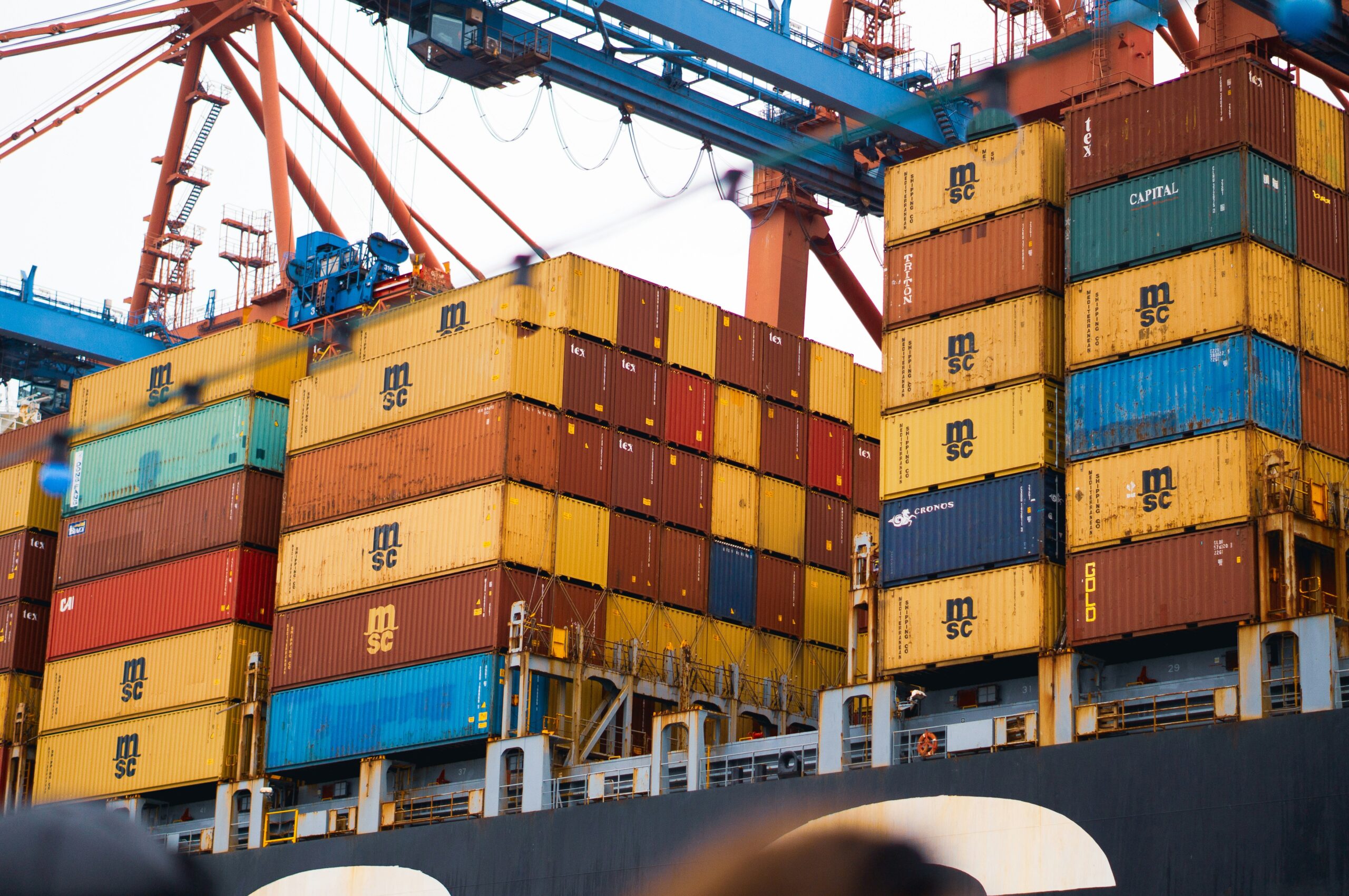The Southern African development community(SADC) is an inter-governmental association headquartered in Gaborone, Botswana. Trading is basic to the profitable development of a region. Still, it also has broader benefits that support the process of regional integration. Nations that expand trading activities with others through liberalization of business programs increase profitable growth and ameliorate the quality of life of their people.

The protocol on trade
The Southern African development community(SADC) protocol on trade(1996), as amended in 2010, is one of the most important legal instruments guiding SADC’s work on Trading. It’s an agreement between the SADC member states to reduce customs duties and other walls to trade on imported products among the SADC member states. The protocol envisaged the establishment of a free trade area in the region. A free trade area, in which the member states agree to remove tariffs against each other but are free to levy their external tariffs on non-member nations, fosters profitable cooperation between the member states. A customs union adds a common external tariff against non-SADC countries, with all members of the union entering shares from that tariff.
Summit meeting
At the SADC Summit, which happened in southern Africa in August 2008, the free trade area was formally unveiled by 12 of the 15 SADC member states. By the morning of 2008, many customs duties had been excluded on goods from the sharing member states(i.e.about 85 percent of goods attained zero levies in January 2008), and a common tariff system was applied to the import of goods from non-member States. The protocol on trade in services was developed and penned down in August 2012 as a step towards achieving a free trade area in services. These are the important ways toward achieving the posterior SADC Integration milestones similar to the customs union, common market, and monetary union.
It helps the following methods as a way to promote business throughout Southern Africa. As part of its program of regional integration, SADC has made considerable progress in removing walls to trading and encouraging growth in the region. SADC has also penned down a protocol on trade in services to give for liberalization of trade in services. The SADC free trade area was established in August 2008, after the perpetration of the SADC protocol on trade in 2000 laid the foundation for its conformation. Its original members were Botswana, Lesotho, Madagascar, Mauritius, Mozambique, Namibia, South Africa, Eswatini, Tanzania, Zambia, and Zimbabwe, with Malawi and Seychelles joining latterly. Of the 15 SADC member countries, only Angola and the Democratic Republic of Congo aren’t yet sharing, still, Angolan trade minister Joffre Van- Dúnen Júnior said in Luanda that his ministry is working to produce conditions for Angola’s accession to the SADC free trade area.
Challenges facing member countries
SADC countries face numerous social, development, profitable, trading, education, health, defense, security, and political challenges. Some of these challenges can not be handled effectively by individual members. The cattle sickness pandemic and organized crime gangs know no boundaries. War in one country can penetrate its neighbors and damage their economy. The sustainable development that trading could bring is hovered by the actuality of different product norms and tariff administrations, weak customs structures, and bad roads. The socio-profitable and political and security cooperation points of SADC are inversely wide-ranging and intended to address the different common challenges. One significant challenge is that member countries also share in other indigenous profitable cooperation schemes and indigenous political and security cooperation schemes that may contend with or undermine SADC’s points. For illustration, South Africa and Botswana both belong to the Southern Africa Customs Union, and Zambia is a part of the Common Market for Eastern and Southern Africa, according to Human Rights Watch.



